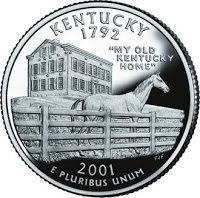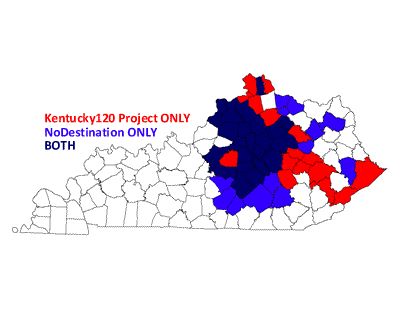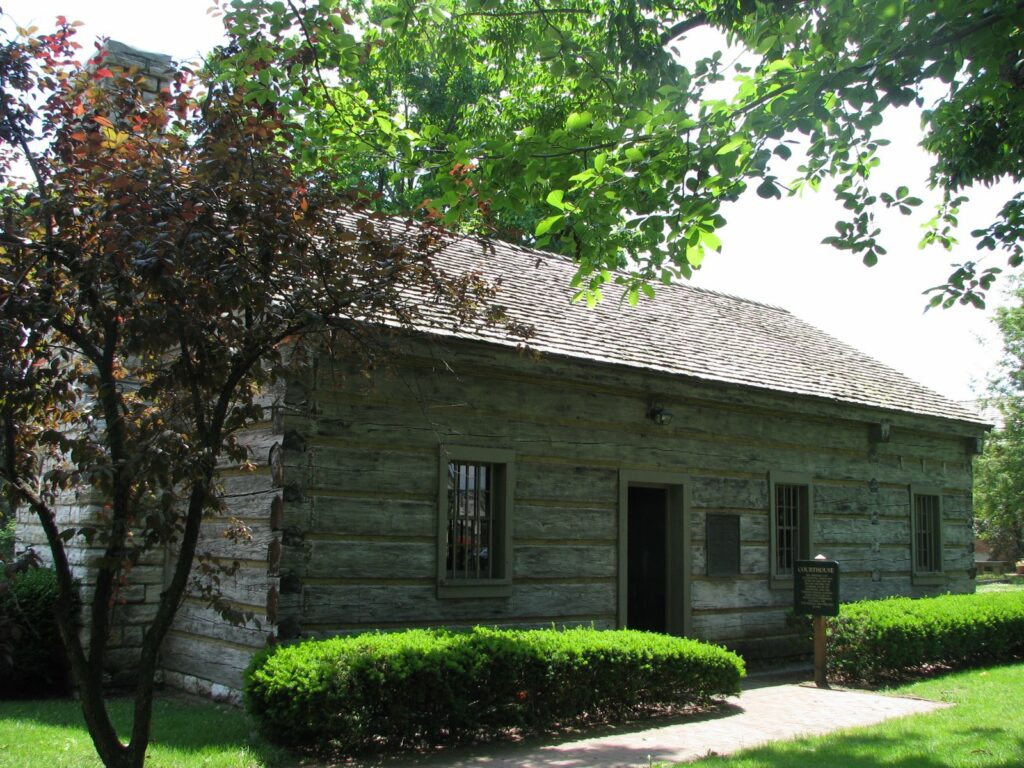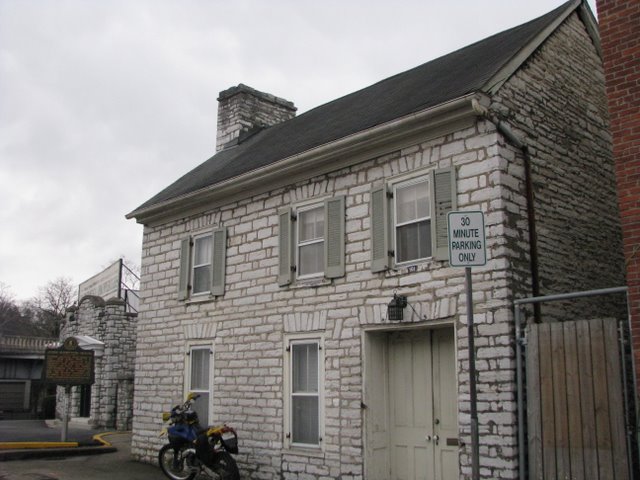 |
| Adam Rankin House |
Erected in 1784, the Adam Rankin House is Lexington’s oldest house (though it is no longer in its original location). The House stood at 215 West High Street from the time it was built until the early 1970s when space was needed for “urban renewal.” The result of the “urban renewal” was the parking lot behind the PNC Bank (Gold Bank) building (another story). Fortunately, a few wise minds prevailed (here and here) and the home was relocated to its present location on S. Mill Street.
This log house with clapboard siding was originally a two-story, three-bay home. The addition on what is now the home’s east side (pictured at right) is an addition which was erected within ten years of the original structure. It was at that time that the log home was first covered by clapboard. There is a very good architectural write-up on the house in Antebellum Architecture of Kentucky by Clay Lancaster (Univ. of Ky. Press, 1991 e).
I’ve always loved this house. It seems to have plentiful natural light (look at all those windows) and I’ve always loved the shutters on one side. *










